Get Your Portrait Painted! It’s The Ultimate Selfie.
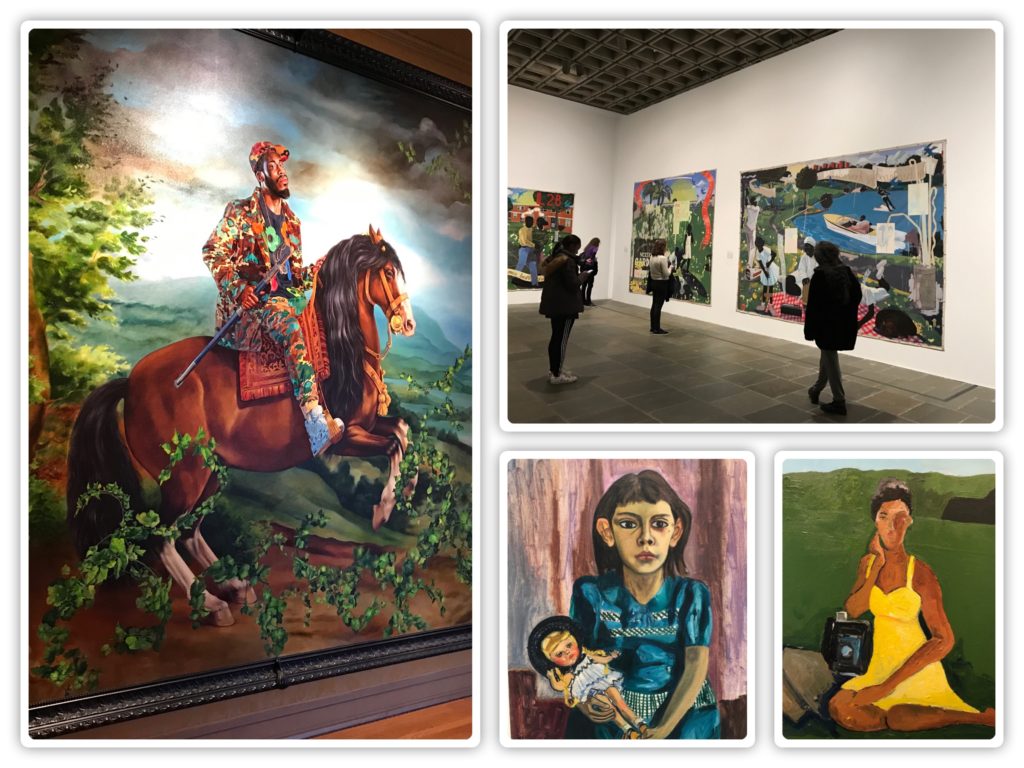
I first wrote about how cool portraiture was getting back in 2017 after I had seen the Alice Neel show curated by Hilton Als at David Zwirner. The Times and I had a major disagreement about it!
“The New York Times called the show nostalgic. I disagree, it feels fresh, young and vibrant to me.”
Irma Zandl, Zandl Slant, March 25, 2017
I also wrote at the time that the Neel show would kick off a trend to small-scale portraiture – and especially to portraits that include a more diverse array of people. I was absolutely right about everything except “small-scale.” The new portraiture is anything but small, it’s outsized in every way. And why not?
While there has always been a market for portraits, e.g., Elizabeth Peyton’s have consistently been top sellers, interest in portraiture exploded after the Obama portraits were unveiled in early 2018 partly because the art world loves the Obamas but also because of who they picked to paint them
Full credit for making portraiture newly exciting has to go to the group of black artists who are working at the forefront of this genre. Artists like Kehinde Wiley (Barack Obama portrait), Amy Sherald (Michelle Obama portrait), Jordan Casteel, Kerry James Marshall, and Henry Taylor among others.
Henry Taylor’s current show at Blum & Poe in NYC was the inspiration for today’s post. “NIECE COUSIN KIN LOOK HOW LONG IT’S BEEN” will be up through November 2nd. I’ve heard that “everybody” now wants to be painted by Henry Taylor.
The show also includes a fantastic large mural that Taylor completed while at Black Rock, Kehinde Wiley’s art residency program in Dakar, Senegal.
Scroll down to see what I’m talking about.
Henry Taylor at Blum & Poe NYC
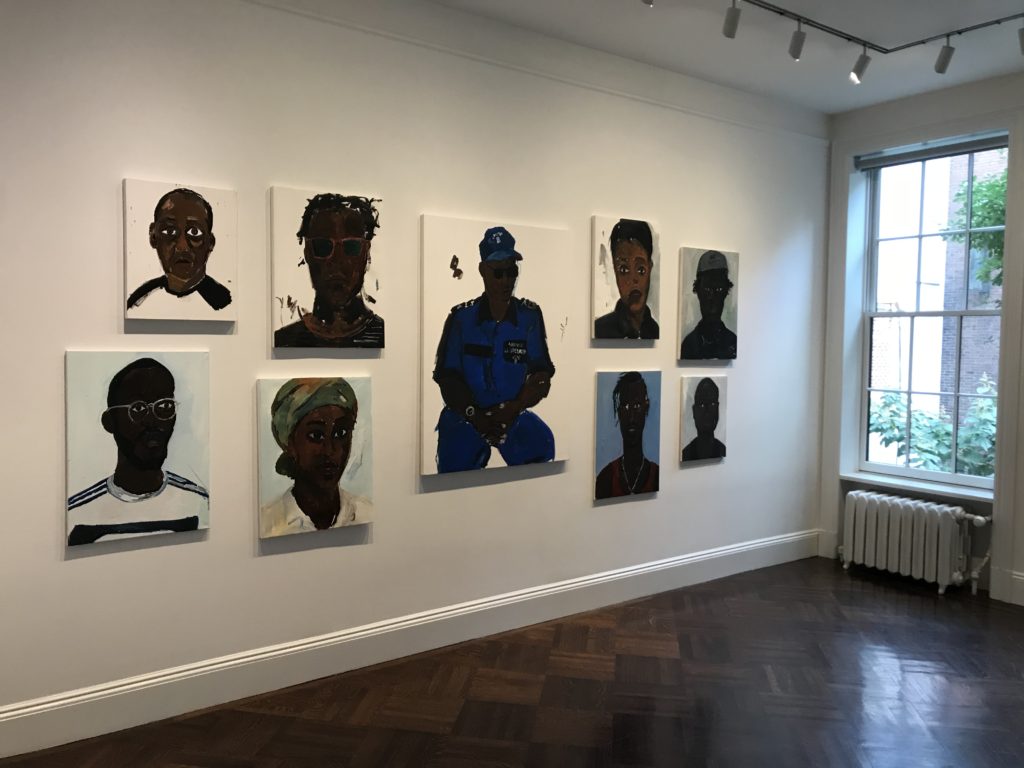
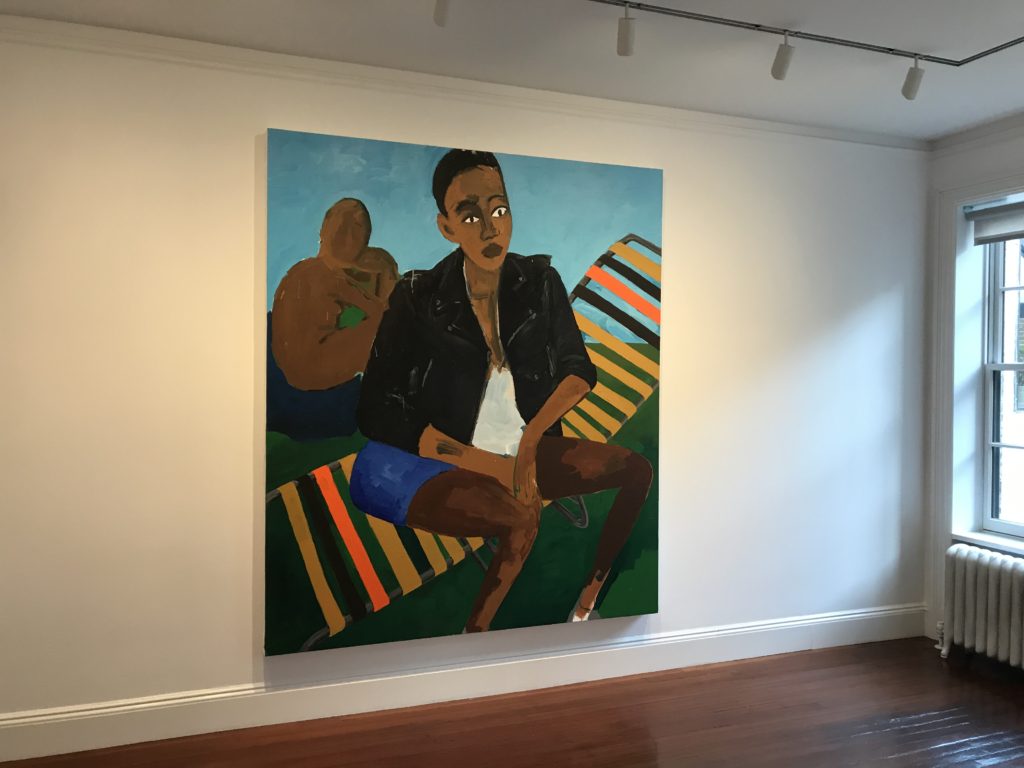
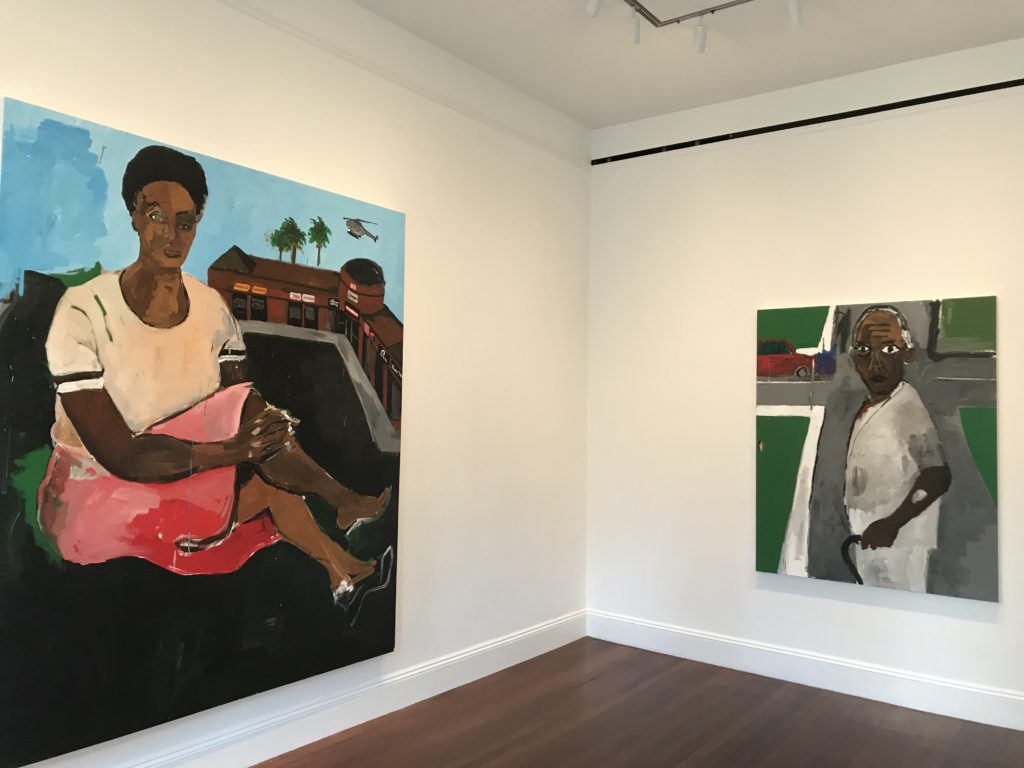
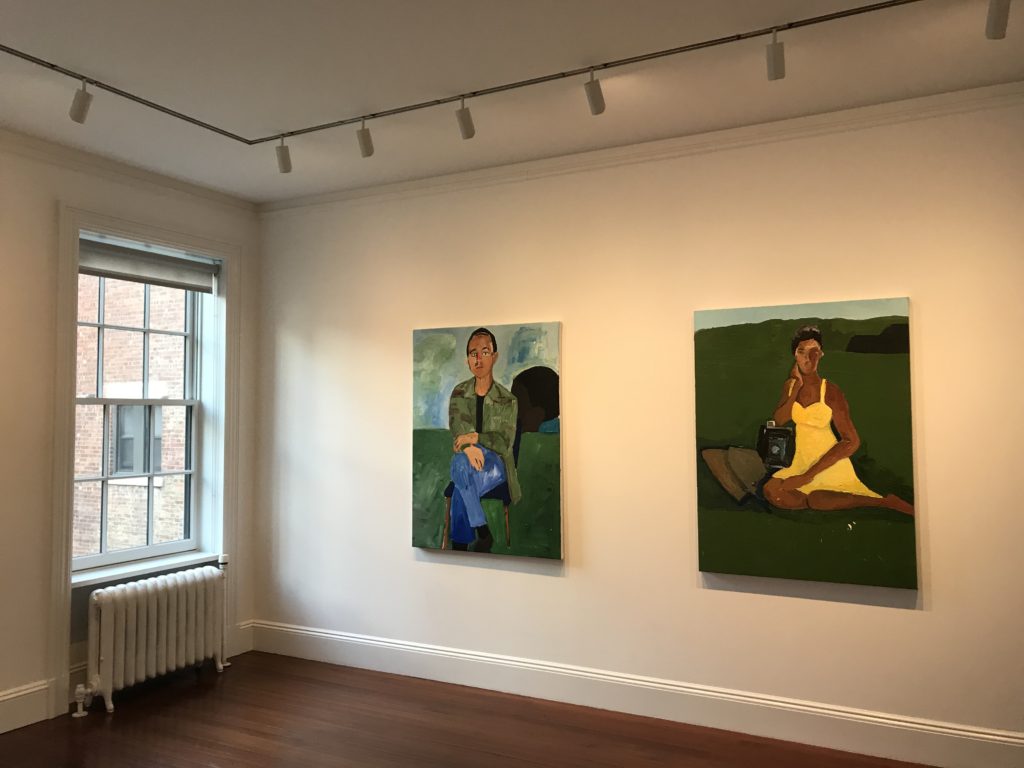
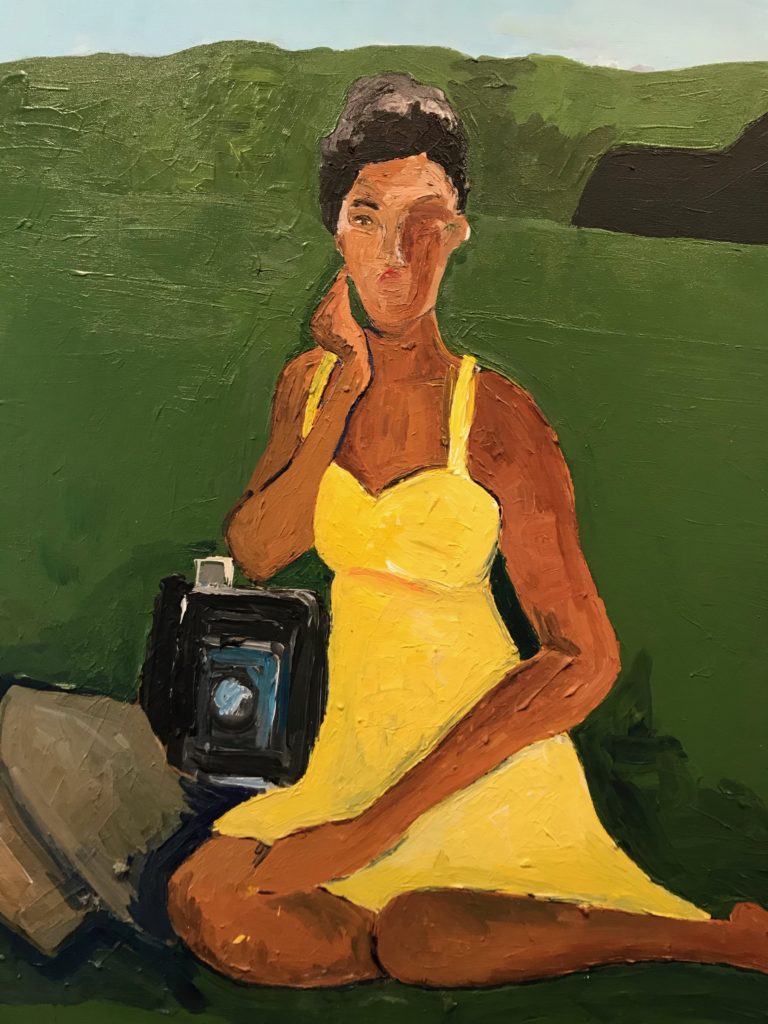
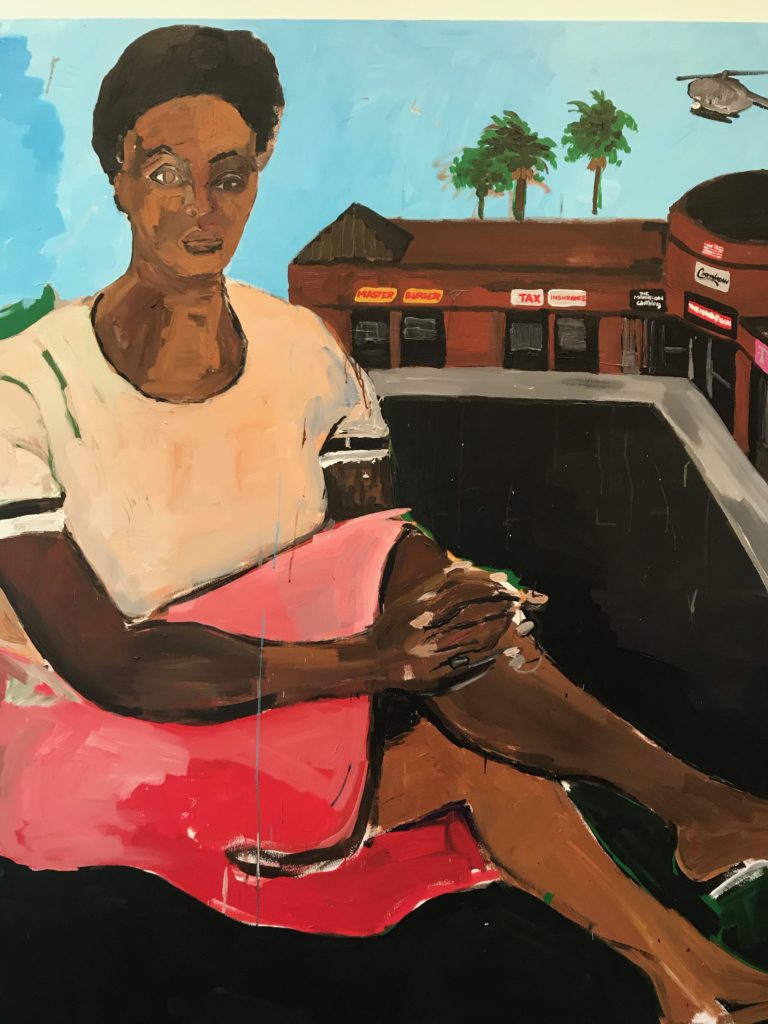
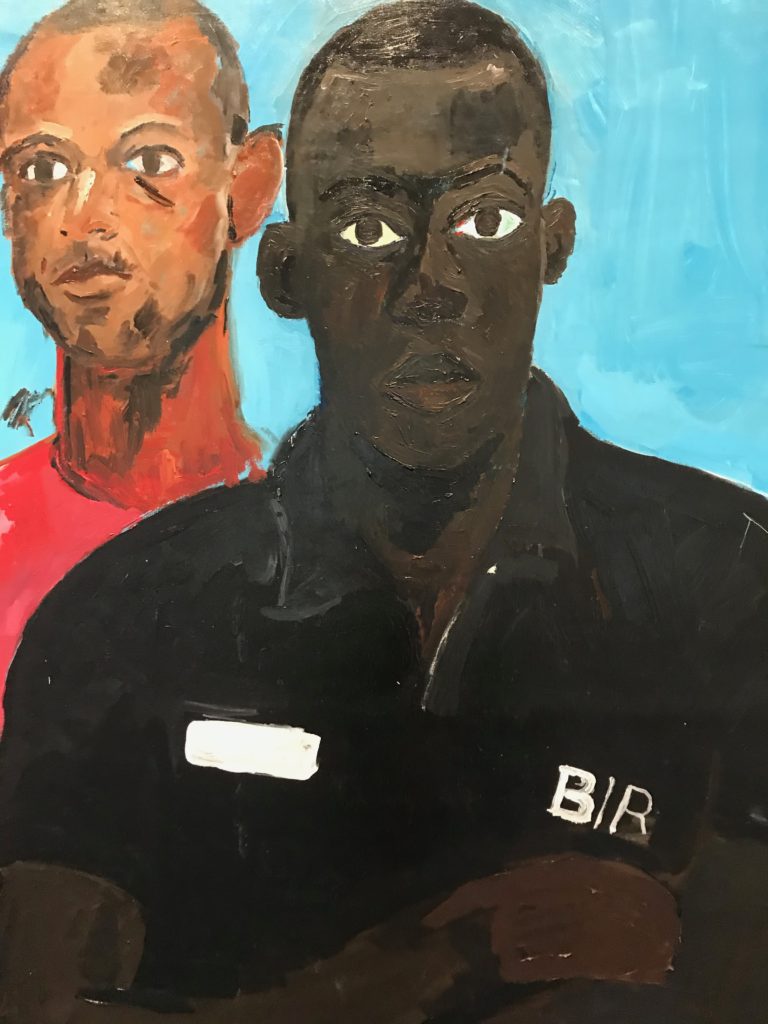
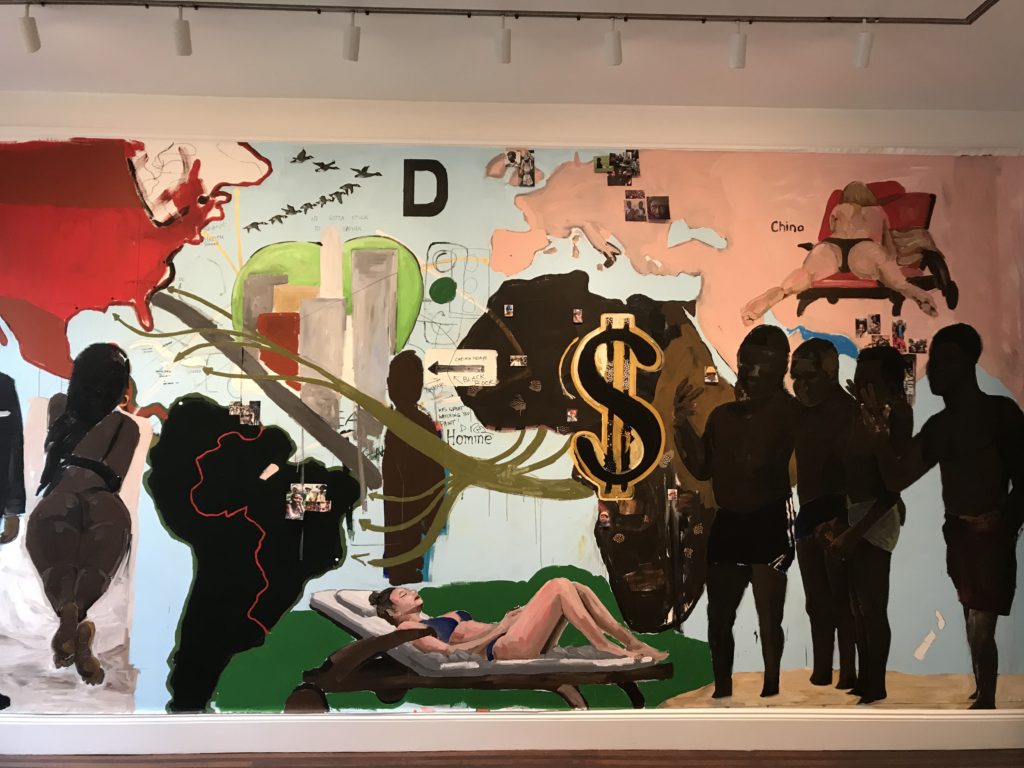
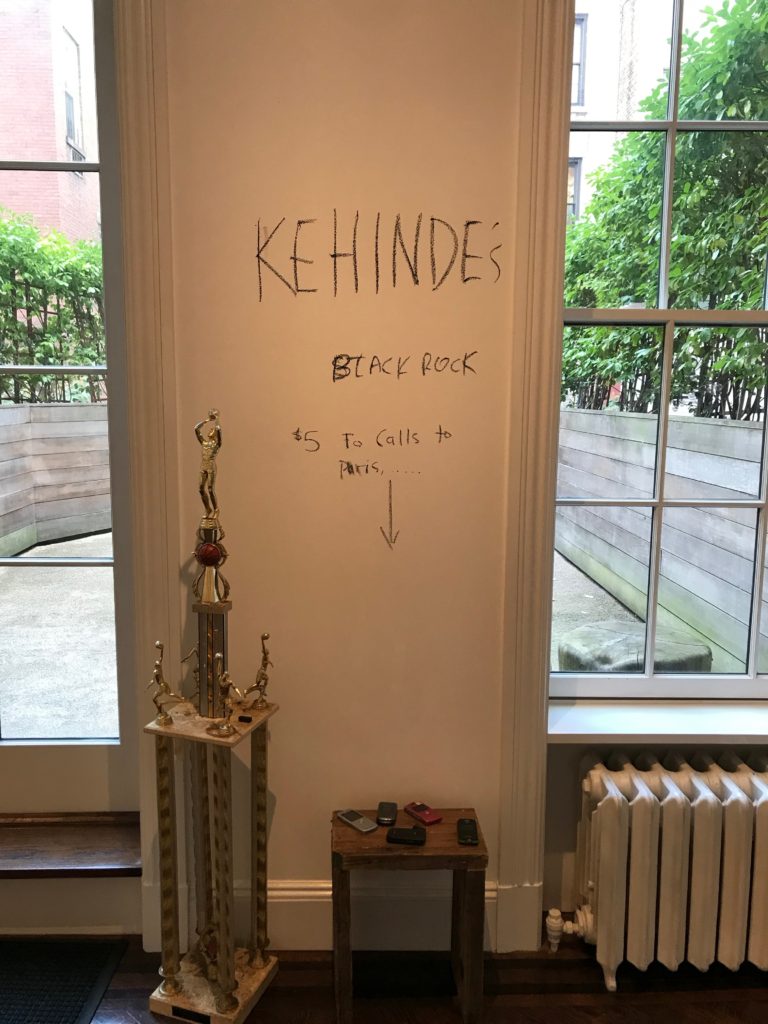
Joy Labinjo: breakout star at this year’s Frieze London
Joy Labinjo, a portrait painter of British-Nigerian heritage, was a huge hit last week during Frieze London. Her gallery, Tiwani Contemporary,
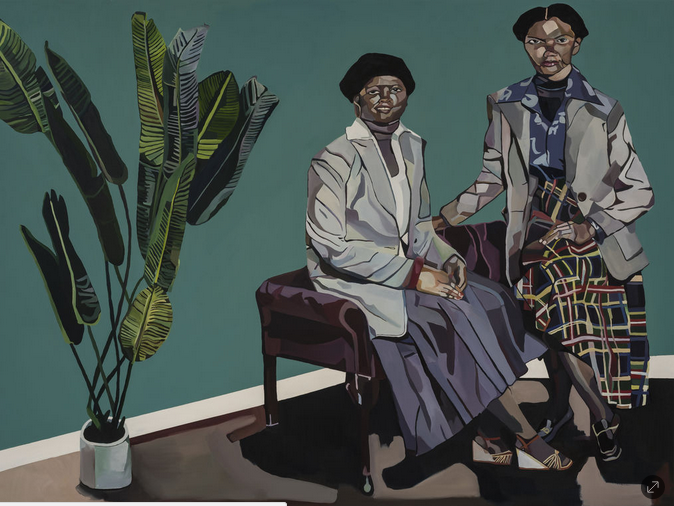
Labinjo takes her inspiration from family photographs and transcribes
her personal imagery into a bright, vibrant composition of color and patterns. Her paintings question our idea of belonging and the notion of identity – which is, I think, at the crux of portraiture.
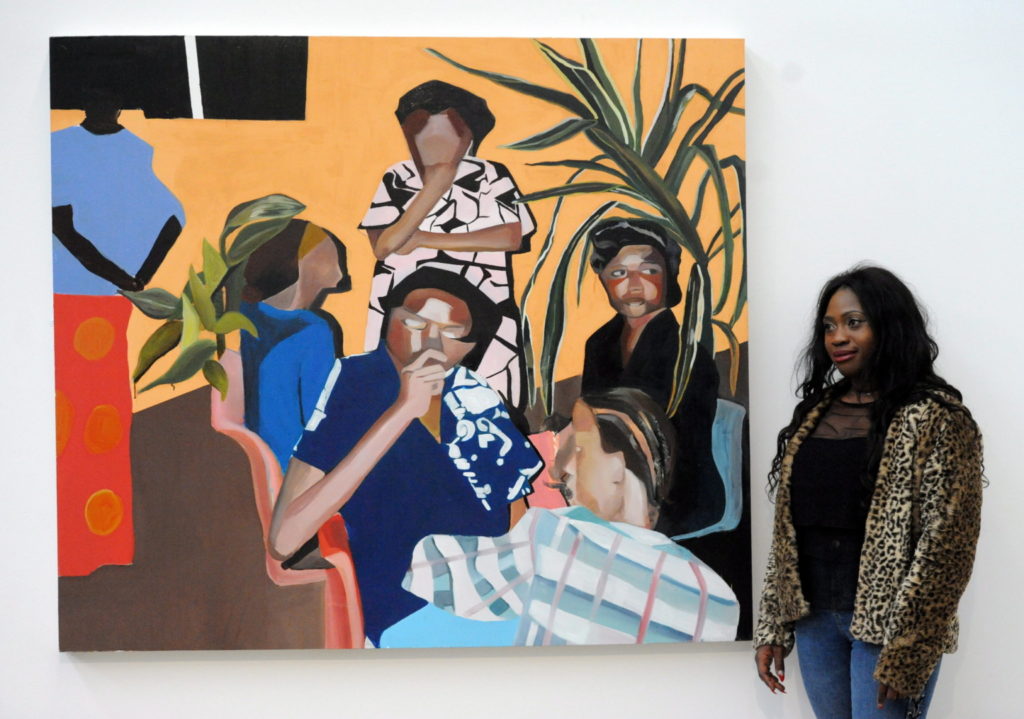
Jordan Casteel at Denver Art Museum (August 2019)
Casteel selects and photographs her subjects by walking around her neighborhood in Harlem. She then transforms those photos into larger-than-life portraits.
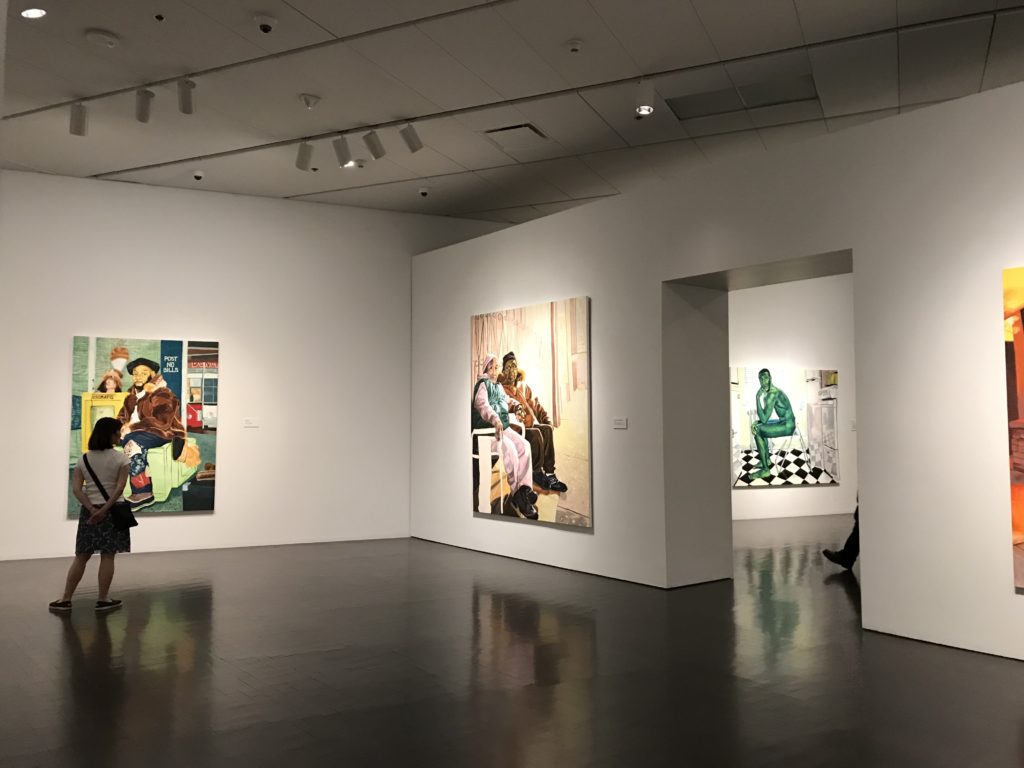
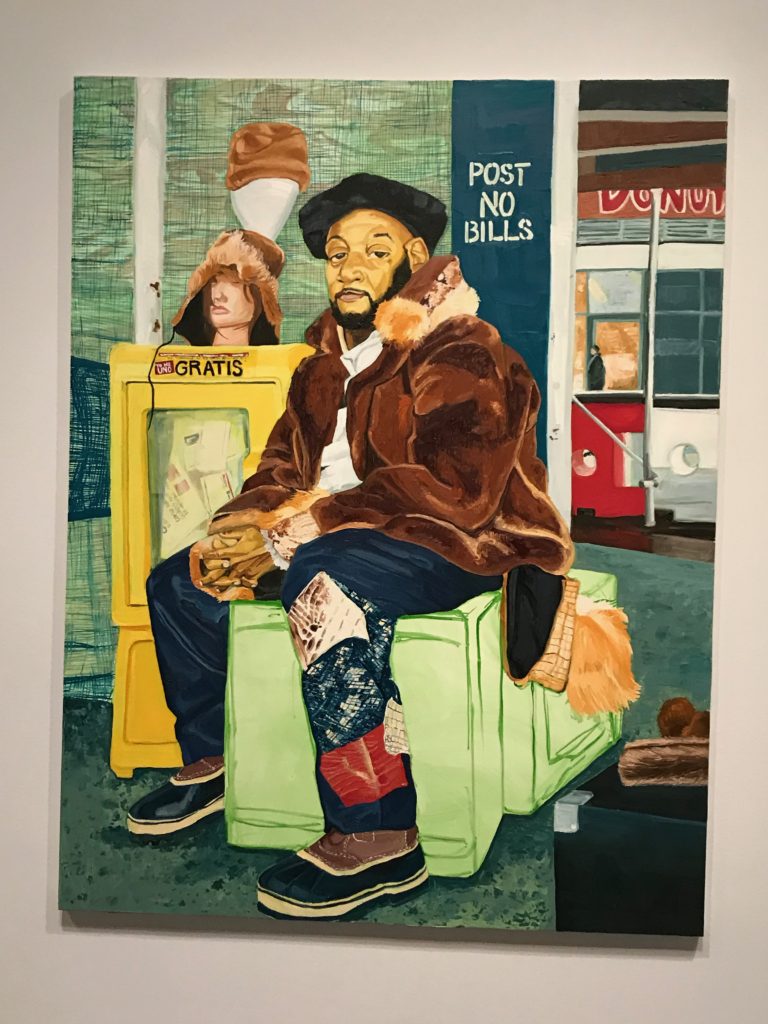
Kehinde Wiley at Philbrook Museum of Art, Tulsa (August 2019)
The Philbrook acquired this large-scale Equestrian Portrait of King Philip IV in December 2017.
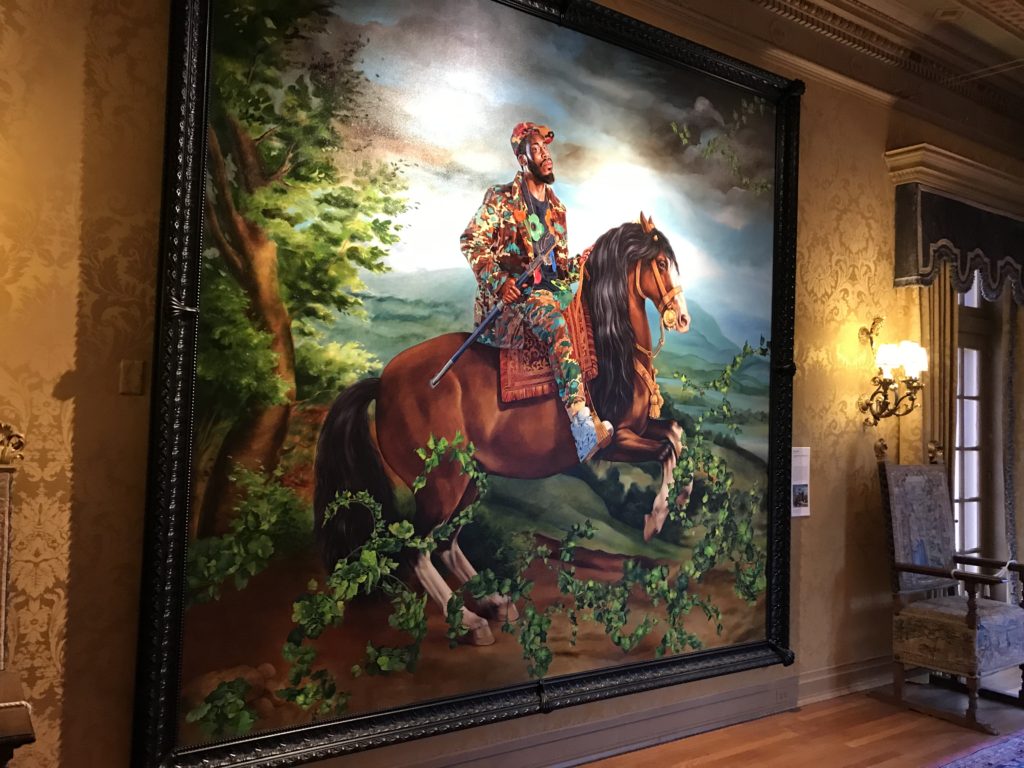
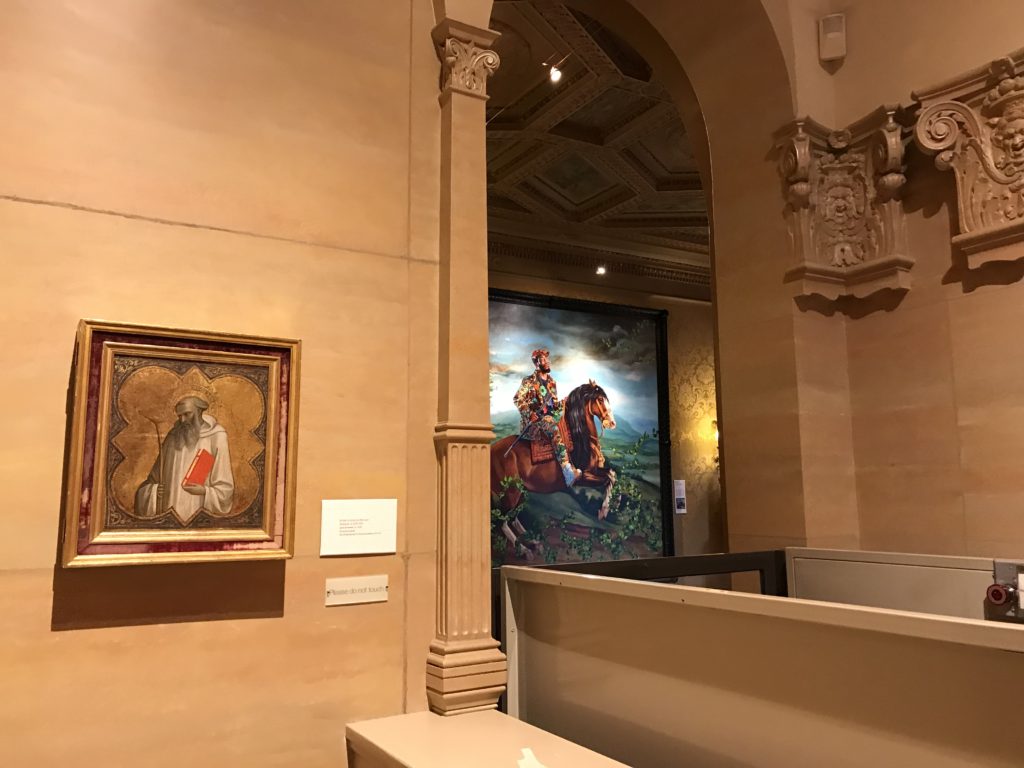
And this!!
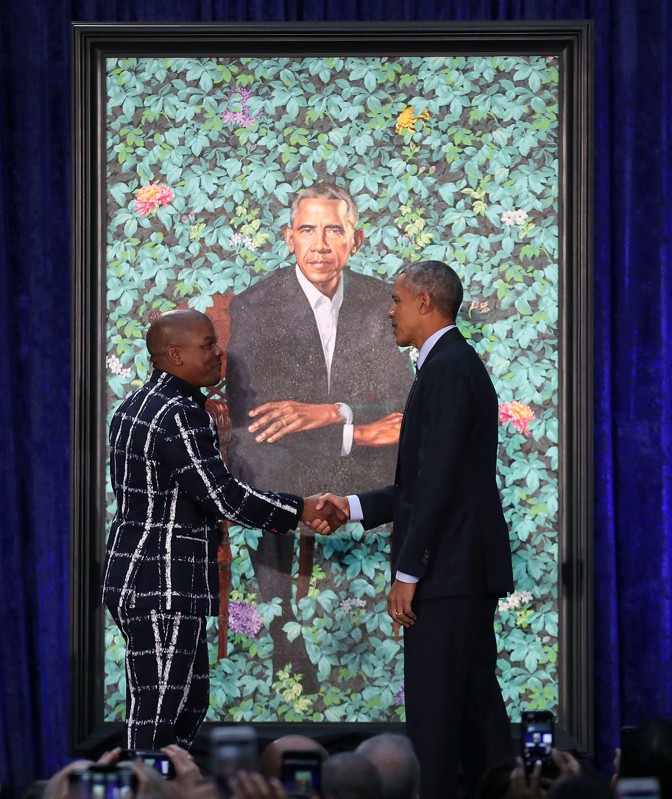
Amy Sherald at Hauser & Wirth, NYC (September 2019)
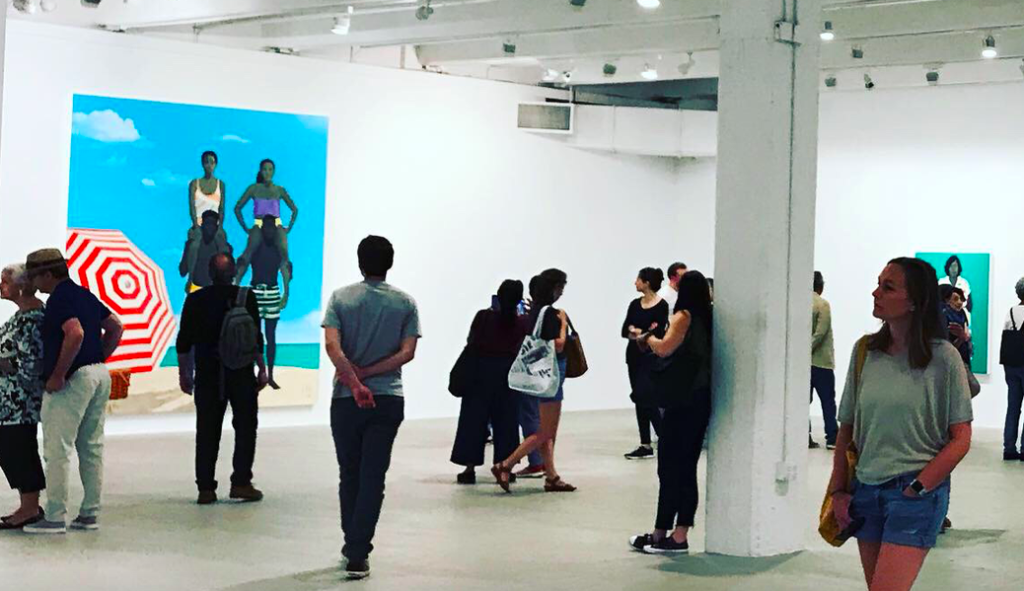
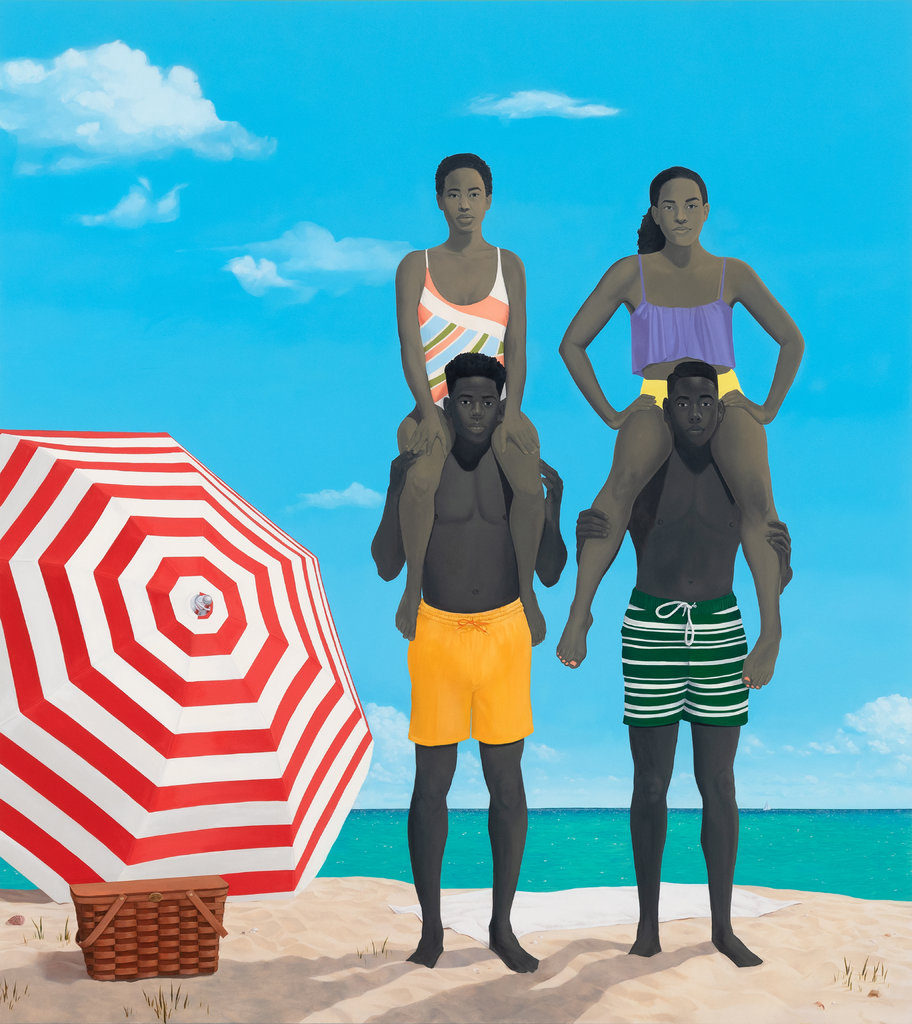
Amy Sherald’s official portrait of Michelle Obama
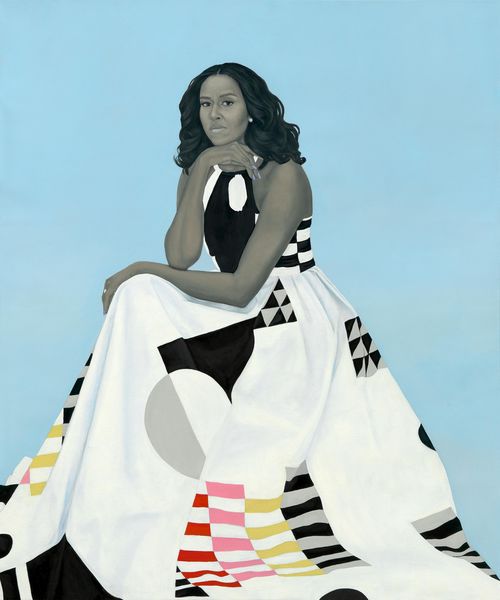
Kerry James Marshall, Met Breuer (January 2017)
This stunning show included 72 absolutely exquisite paintings. The artist is known for his large-scale narrative history paintings featuring black figures.
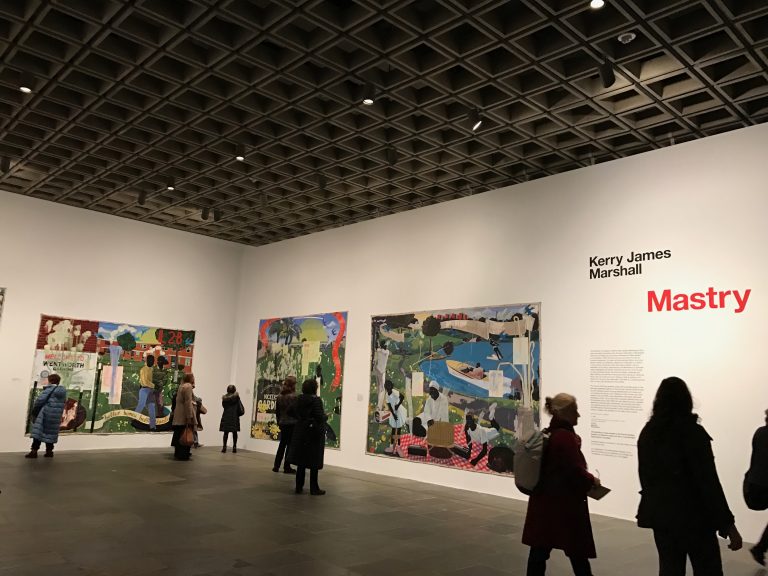
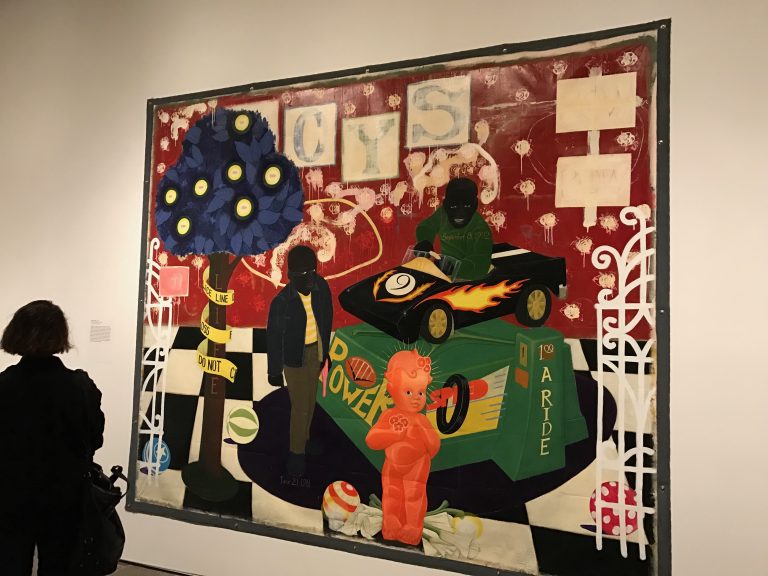
And where it first began for me: Alice Neel, David Zwirner (March 2017)
Respected writer and critic Hilton Als curated paintings and drawings that Alice Neel (1900-1984) had made during the five decades she spent living in Upper Manhattan, first in Spanish Harlem and later the Upper West Side.
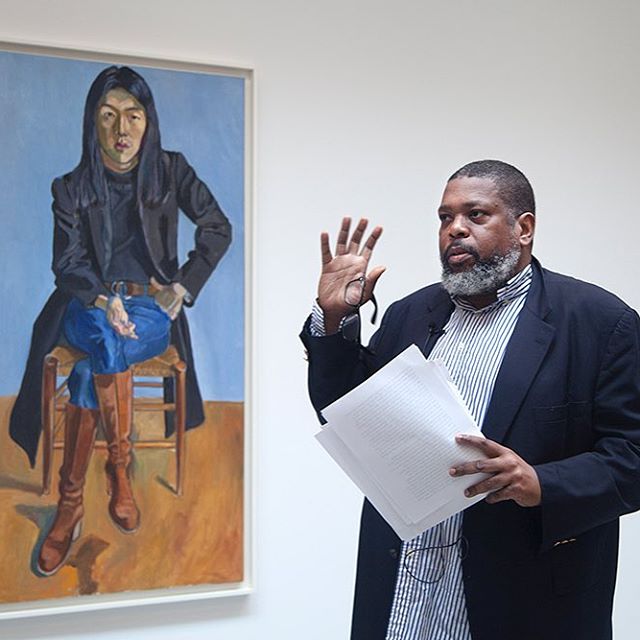
Als notes, Neel “was attracted to a world of difference and
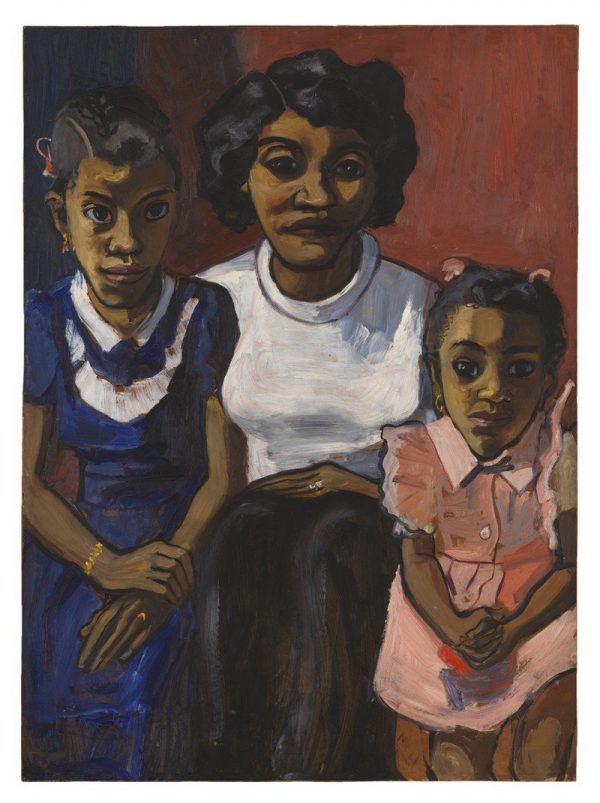
Bottom Line.
Why portraiture and why now?
Quite a few people think it is an outgrowth of selfie culture: portraiture as Selfie 2.0. It’s been noted more than once that we simply cannot get enough of seeing ourselves photographed. Everywhere we go, we are documenting our lives through the selfie.
Having one’s portrait painted then has to be considered, next level, and the utmost in luxury. Depending on the artist doing the painting, it carries a lot of cachet and status.
For many people, it also ties back to an interest in genealogy and family history. Portraits help us to answer questions about belonging and identity.
Whatever the ultimate reason, one thing is certain, portrait painting is back and it’s cooler than ever.
